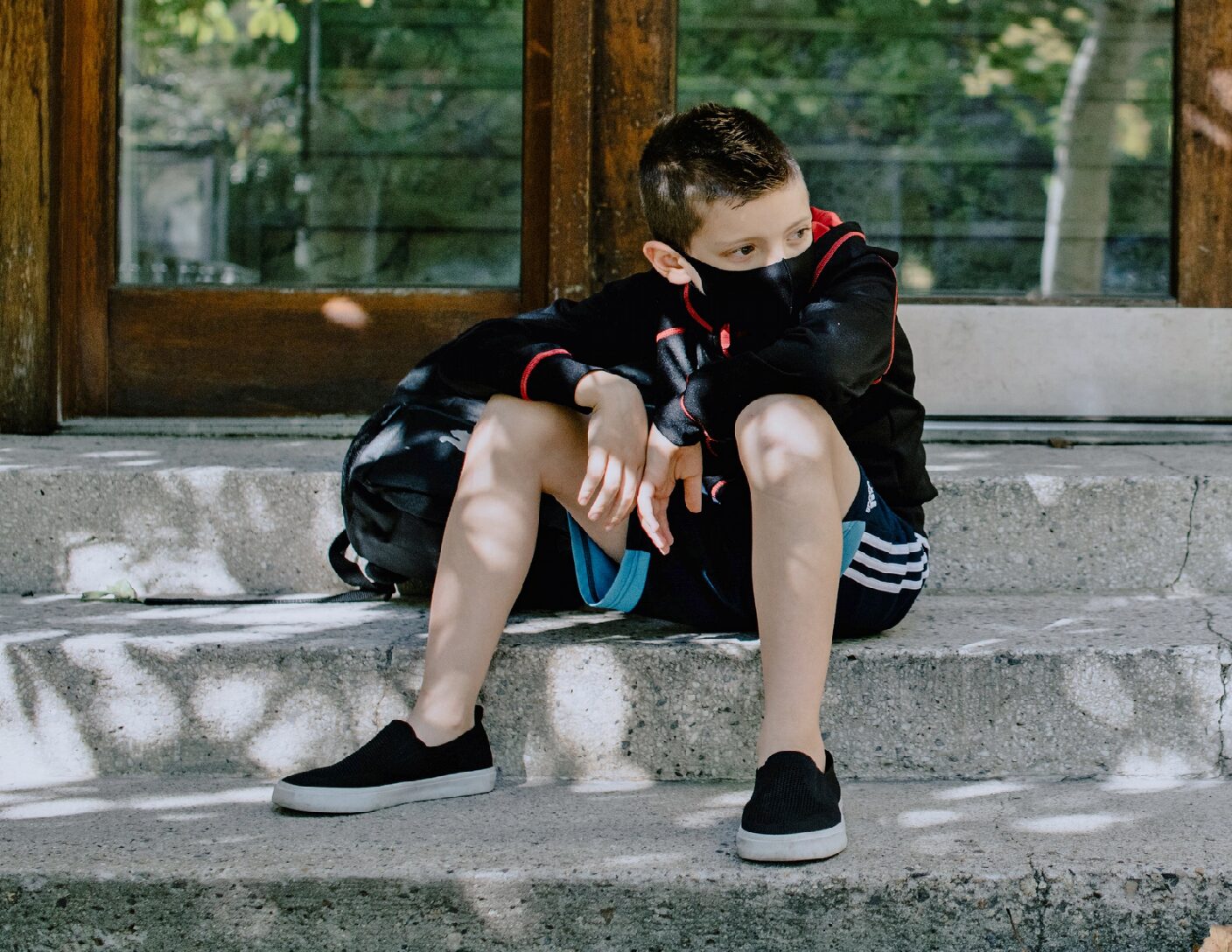Anxiety in the Classroom

Individuals with clinical anxiety experience apprehensive feelings that are persistent and out of proportion to the situation, do not fit the facts, and interfere with daily life, especially when there is no immediate threat. (In comparison, stress typically dissipates once a dilemma has been resolved.) Symptoms of anxiety include changes in energy level or sleeping patterns; difficulties with concentration, memory or thinking clearly; an increased heart rate; irritability and/or restlessness; stomach and digestion problems; and uncontrollable worry or dread. Anxiety is more common in people who internalize their own feelings and are both self-critical and uncomfortable with conflict and strong emotions.
As students return to school, it is important to recognize that anxiety can trigger aggression and inattention in the classroom. The National Institute of Mental Health estimates that nearly 32 percent of adolescents have an anxiety disorder. Youth with anxiety can ask numerous and often repetitive questions due to worry and a desire for reassurance; may not turn in their completed homework because they believe it is not “good enough”; and frequently avoid group projects from fear of making mistakes or being judged.
Anxiety generally is about the future, which can make establishing priorities difficult when everything seems to be of equal importance. To combat anxiety, individuals should consciously shift their focus to the present, engage their rational brains and perform a reality check. Each week, write down the things you are worried about and determine which ones you can control. Establish a specific time to address each one.
Psychotherapist Lynn Lyons encourages those with anxiety to develop the “three Exs”: Expect worry to show up and then recognize it; Externalize through naming it; and Experiment by refusing to pay attention to the worry and doing the opposite of what it is telling you. For example, if you are concerned about an upcoming test, start your homework.
Dialectical Behavior Therapy’s TIPP technique can help deal with anxiety: T (Temperature) – apply a baggie of ice to your face for one to two minutes or place your face in an ice bath for a few seconds; I (Intense exercise) – do several jumping jacks or other quick exercises; P (Paced breathing) – breathe in for five seconds and out for seven; and P (Paired muscle relaxation) – simultaneously breathe in, tense a body part (like your arms) and pay attention to the sensation of both the contractions and their release as you breathe out. Relax your mind and body and become further in touch with your senses by feeling the sun on your face, rubbing something smooth like a gemstone or a rose petal, or smelling an essential oil or an unused sachet of your favorite tea (especially if you can think about good memories associated with those scents.)
Even if you are not feeling stressed, subtle indications of anxiety include constant fidgeting (from chewing on objects like pens to twirling your hair); a craving for salty foods; gastric-intestinal issues (If you are experiencing bloating or constipation, the water in a warm bath can soothe your muscles.); a heat rash or itchy skin; and an increased or more sensitive sense of smell. Other warning signs that someone’s anxiety is increasing include his or her: appearing “zoned out”, avoiding making plans about the future, engaging in “protective” mannerisms (like stroking his or her arms or picking at nail polish until it is gone), experiencing a dry mouth or tightness in his or her throat, having shortness of breath, needing additional reassurance, pacing, struggling to make eye contact, talking faster than usual, and wanting to leave an event early.
When an individual’s anxiety is acting up, a brief change of scenery to go to the bathroom or get a drink of water can be helpful. Taking 20 minutes to clean your desk or an area of your closet will not only help you feel in control of something, but also provide a sense of accomplishment. It is important to realize that other emotions, including being angry, hurt or tired, often accompany anxiety. To combat all of them, be kind to yourself and more assertive with others regarding your feelings. As you have more positive experiences, you will realize that the negative things your anxiety tells you will happen, typically do not.